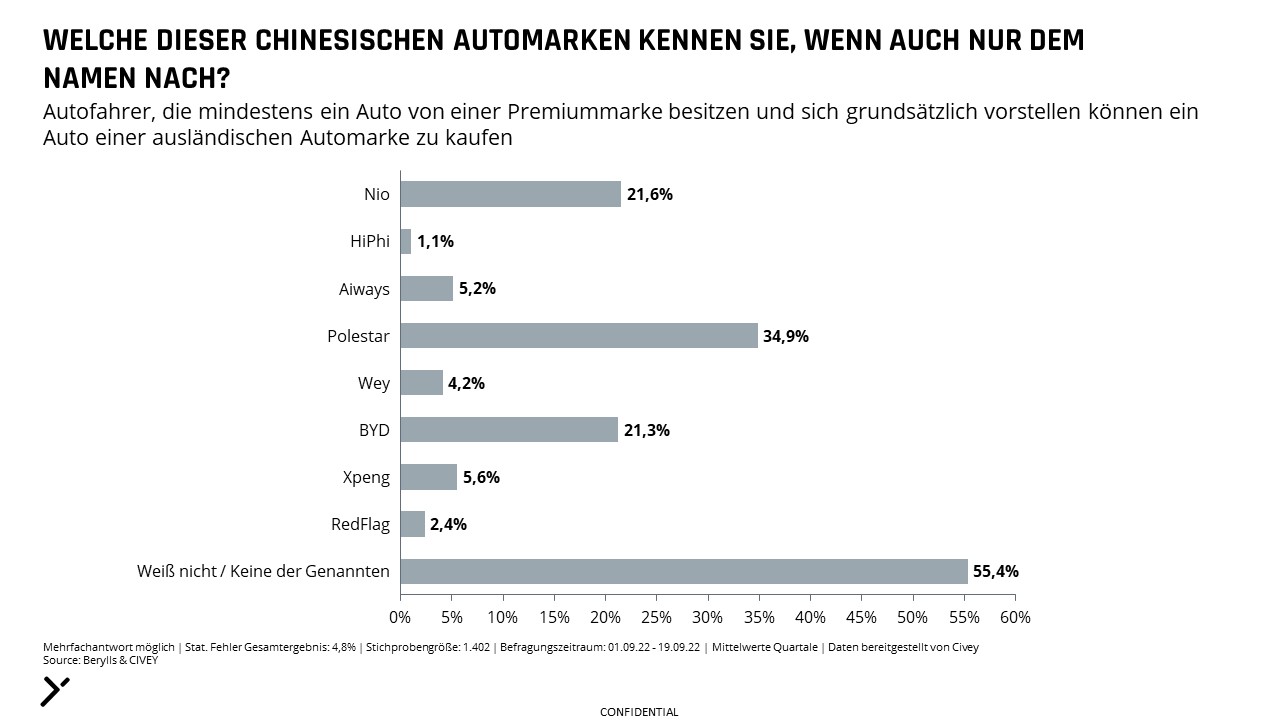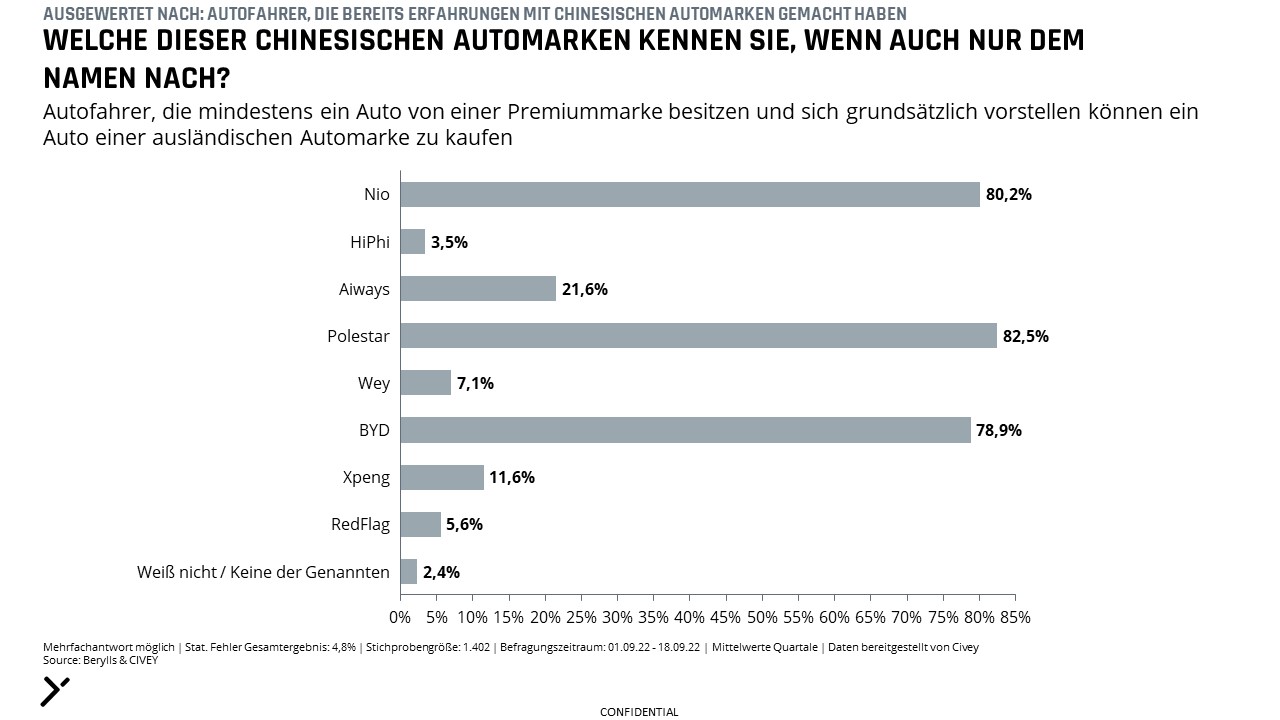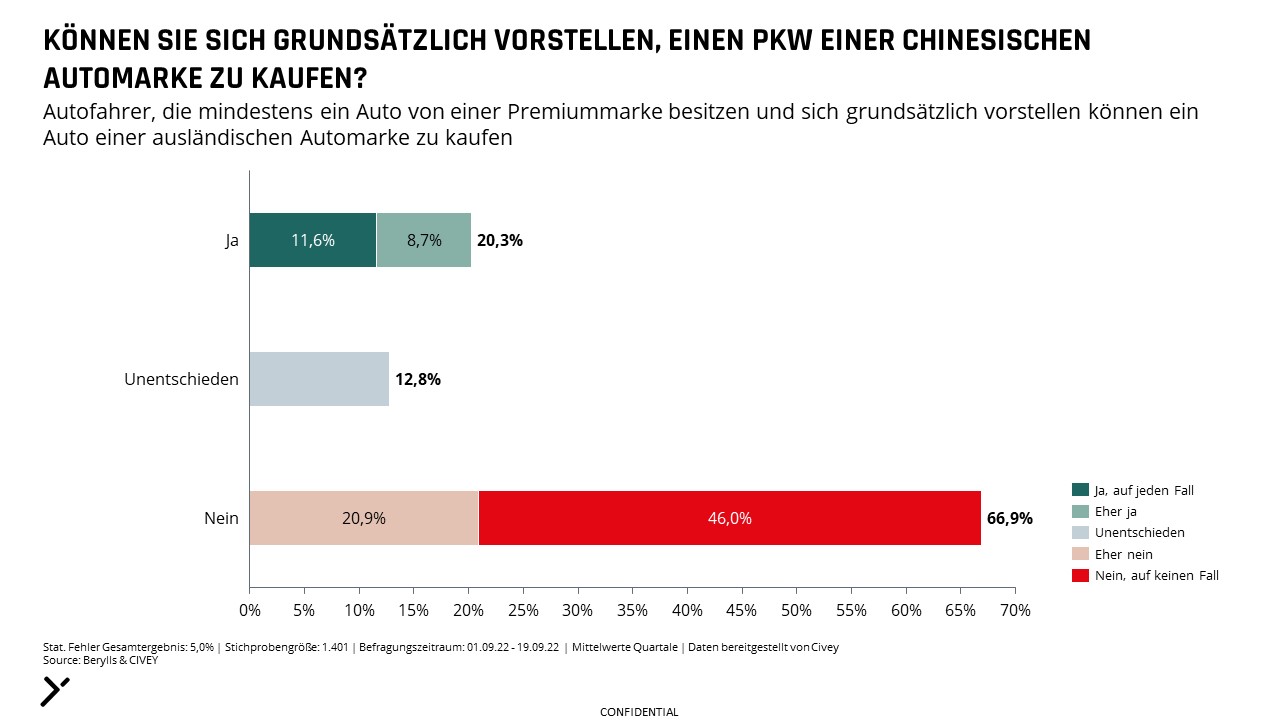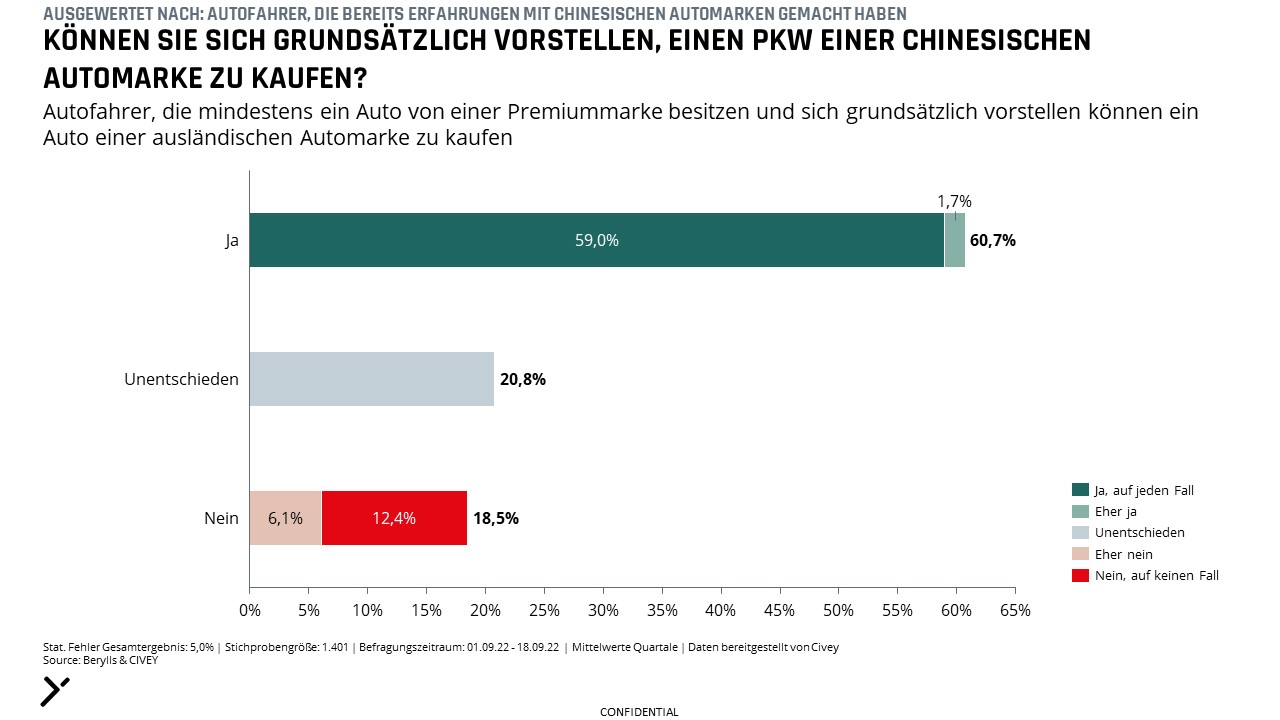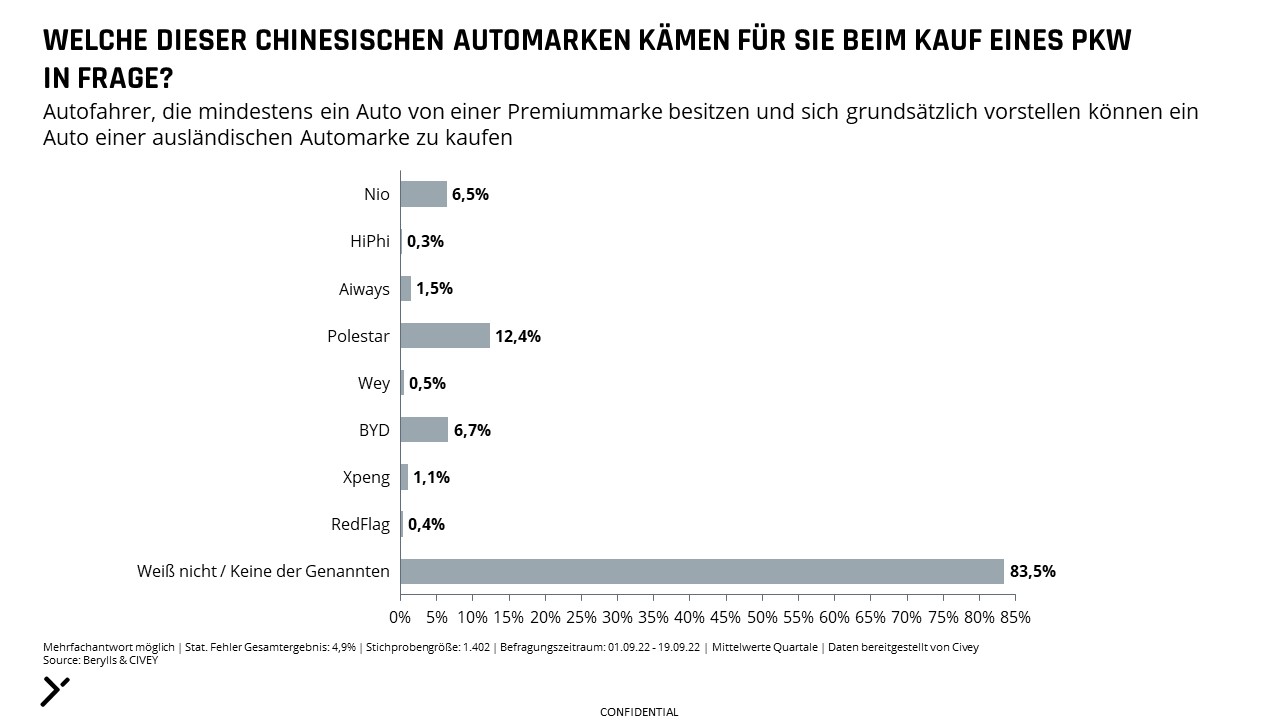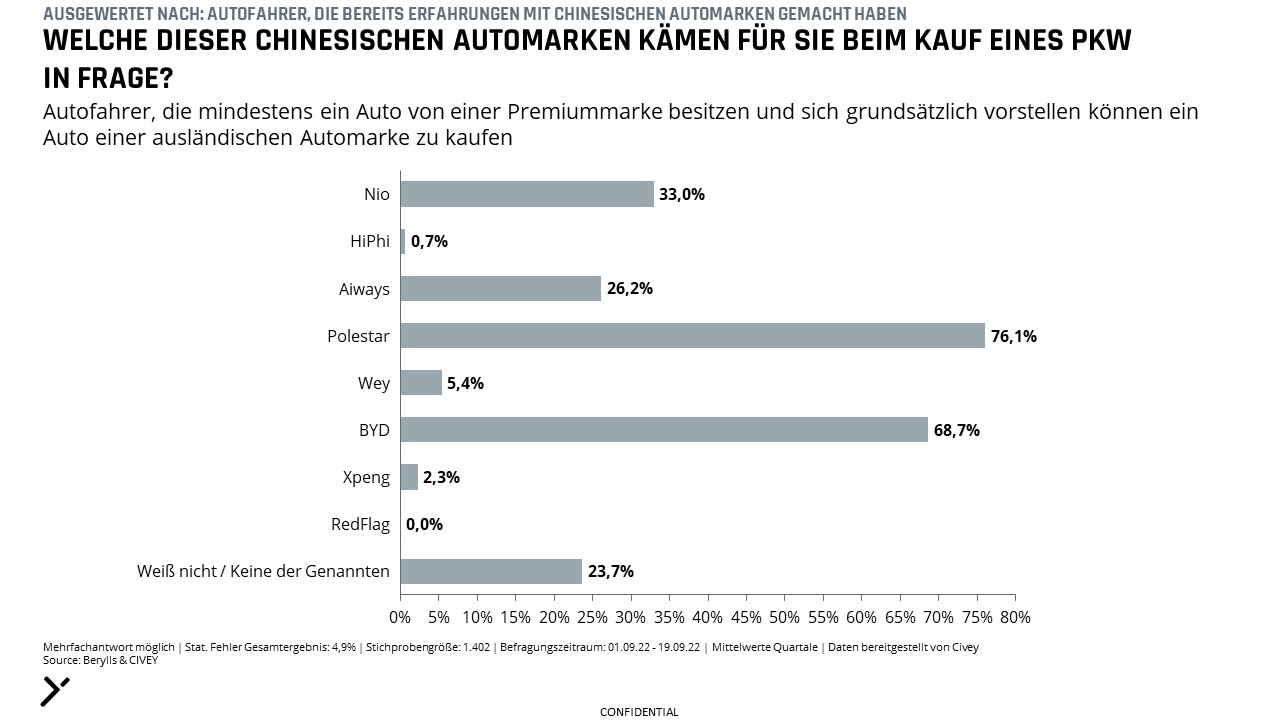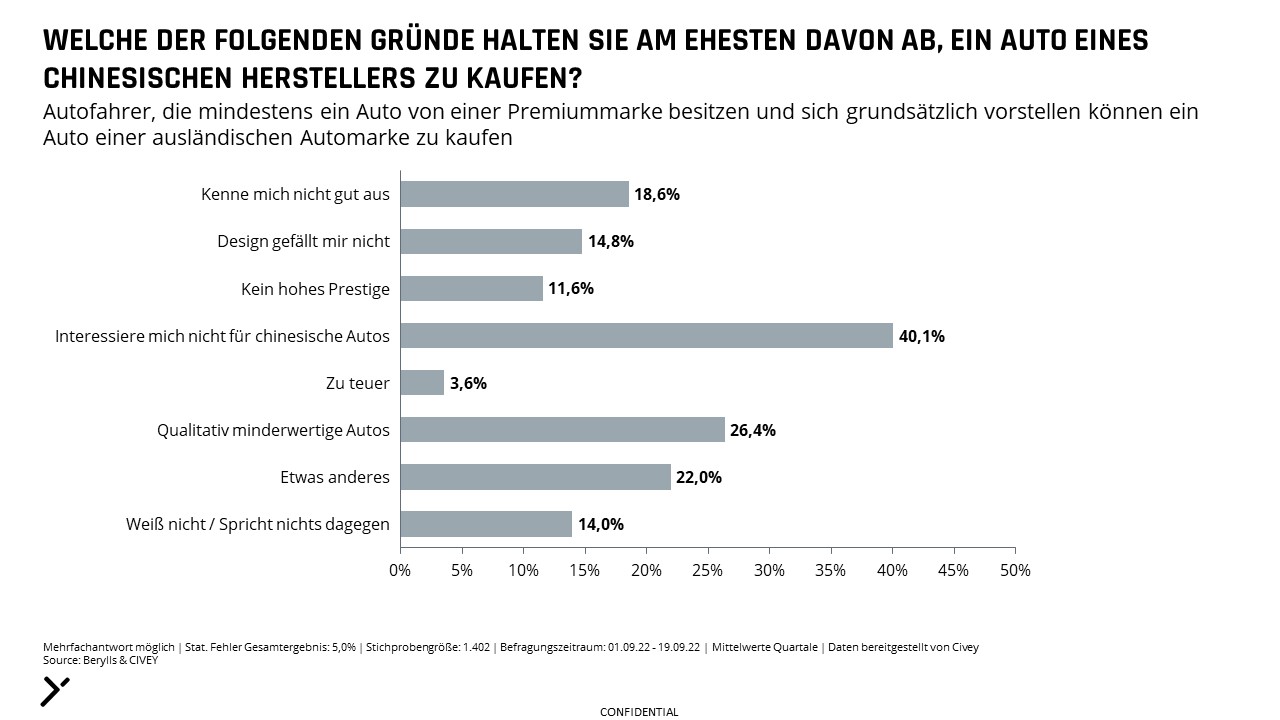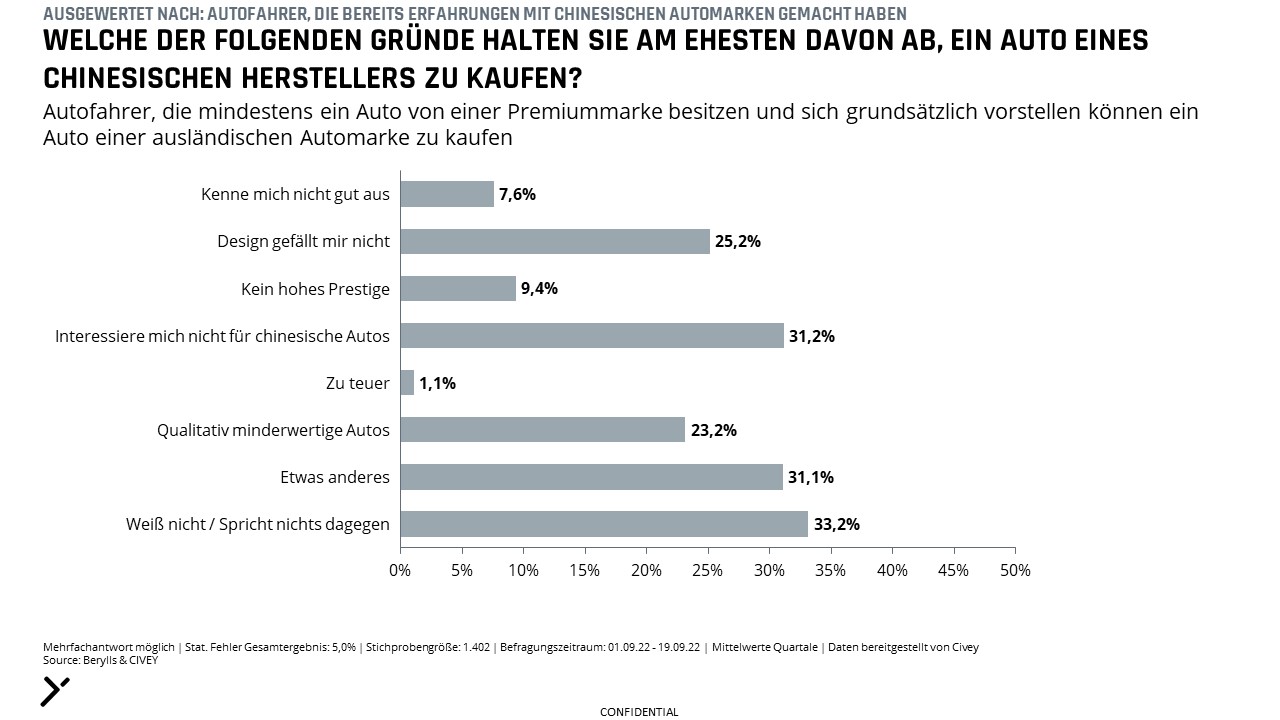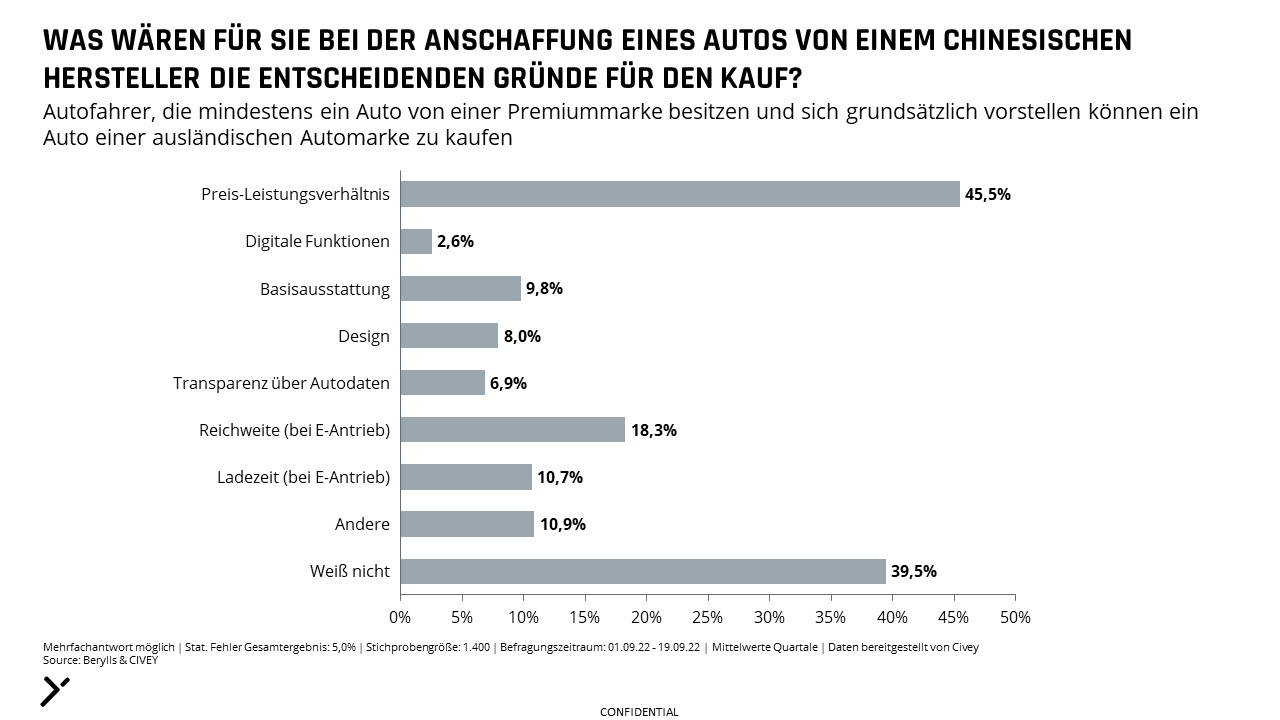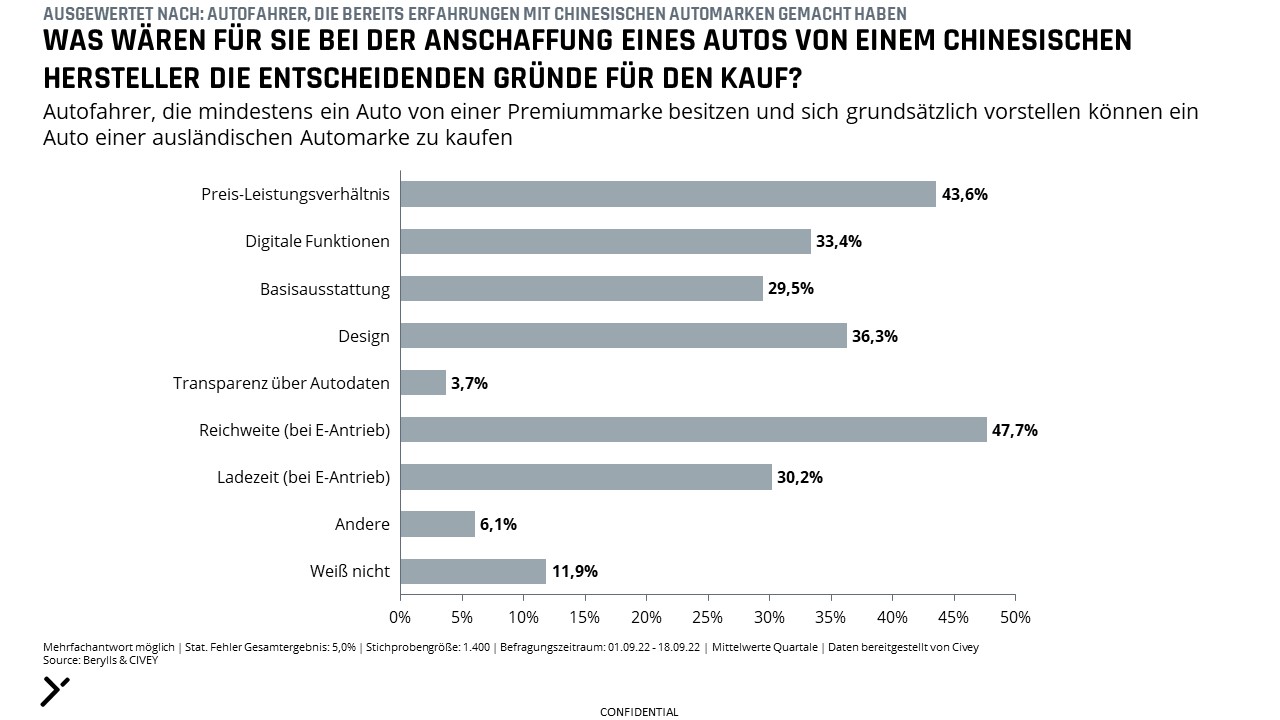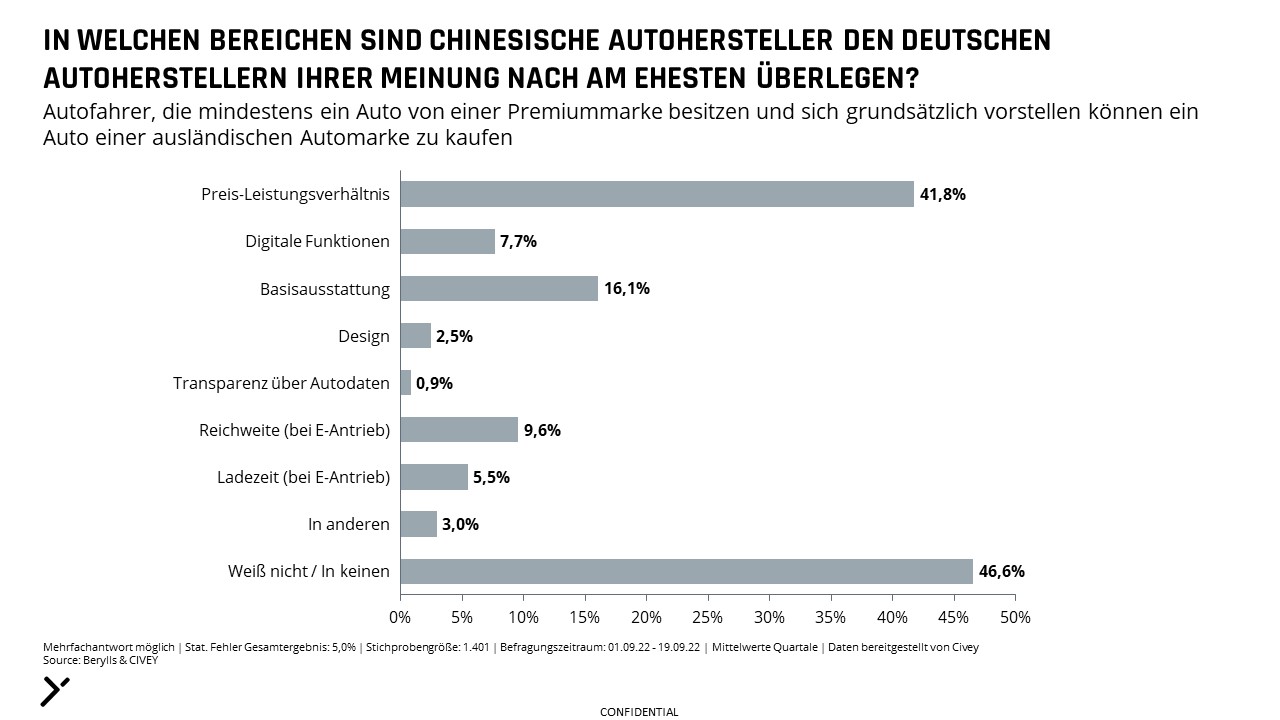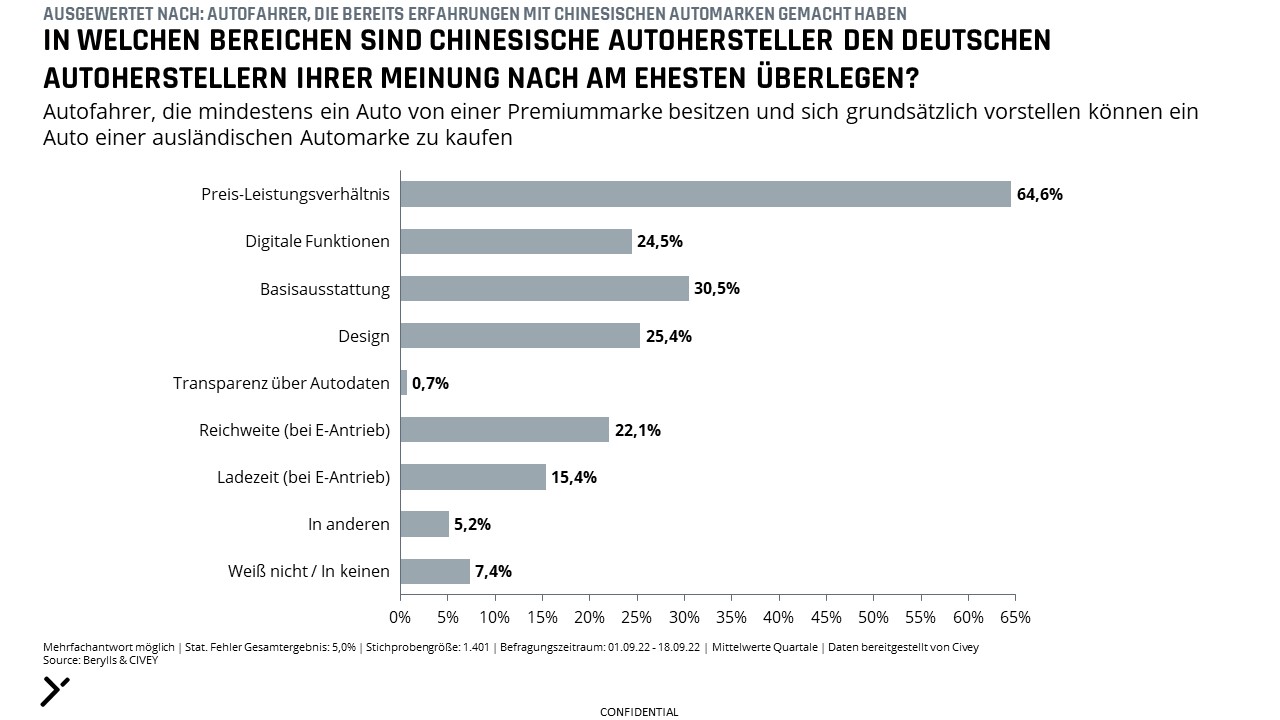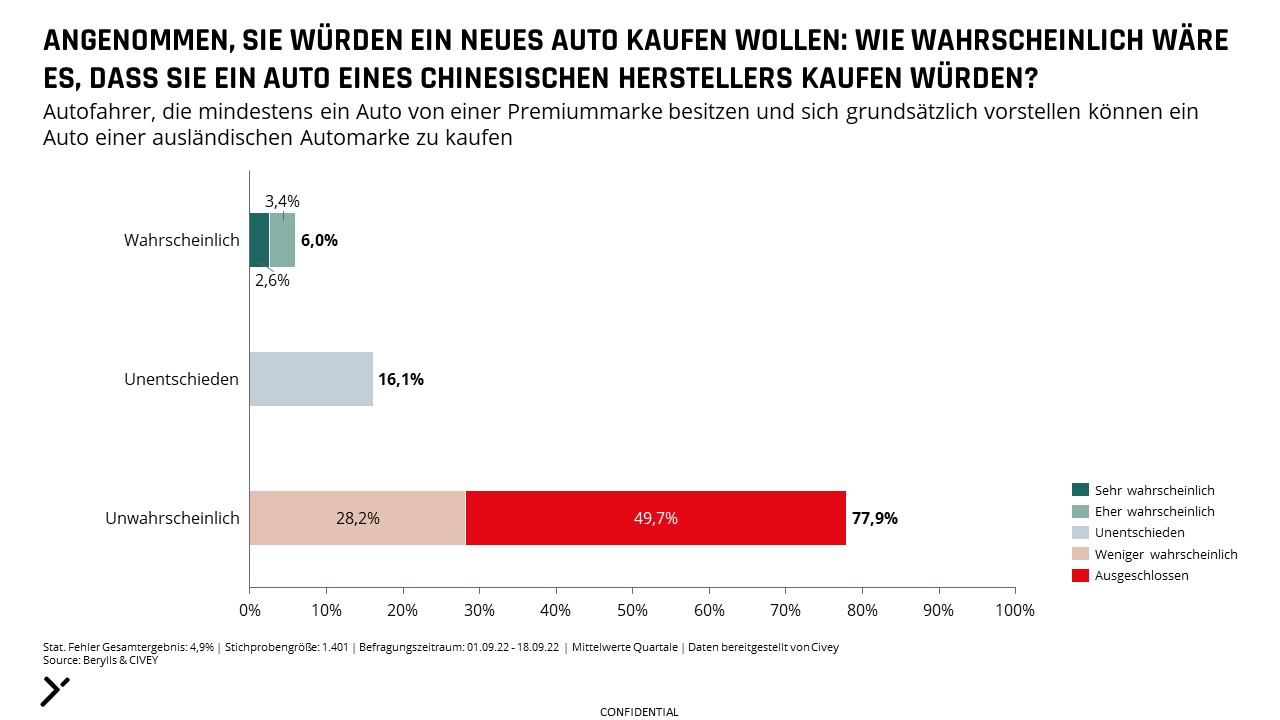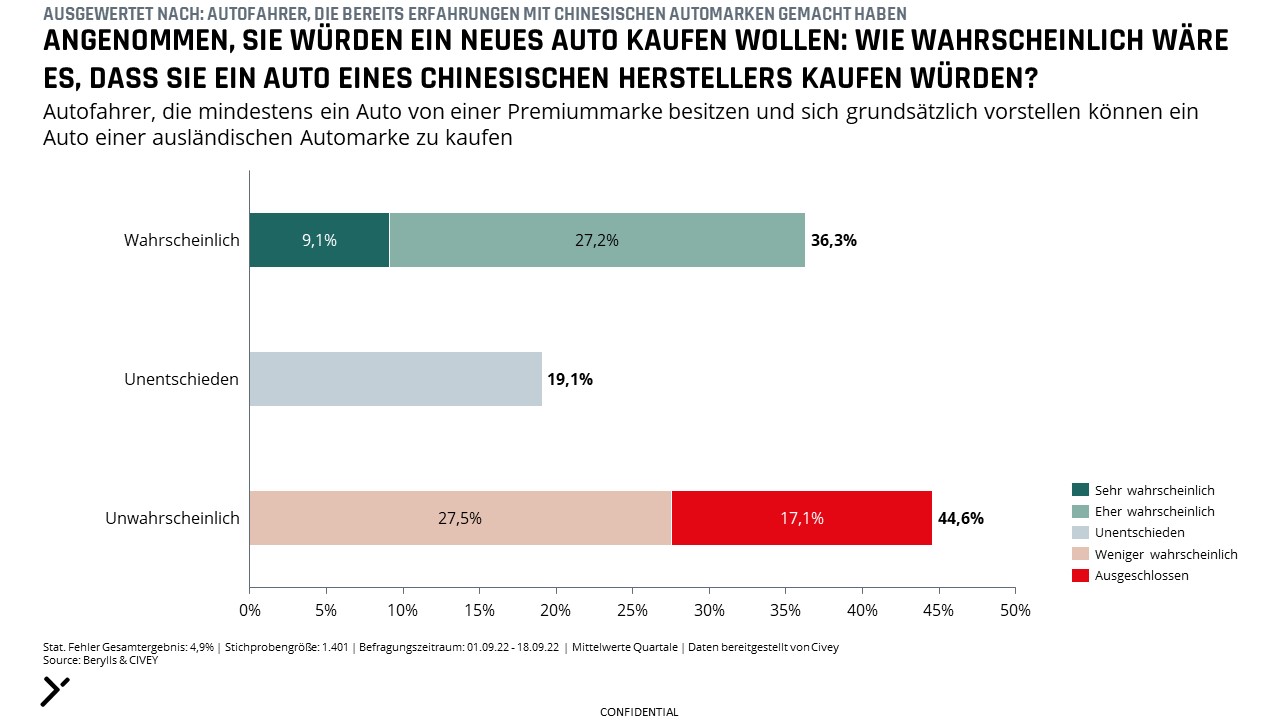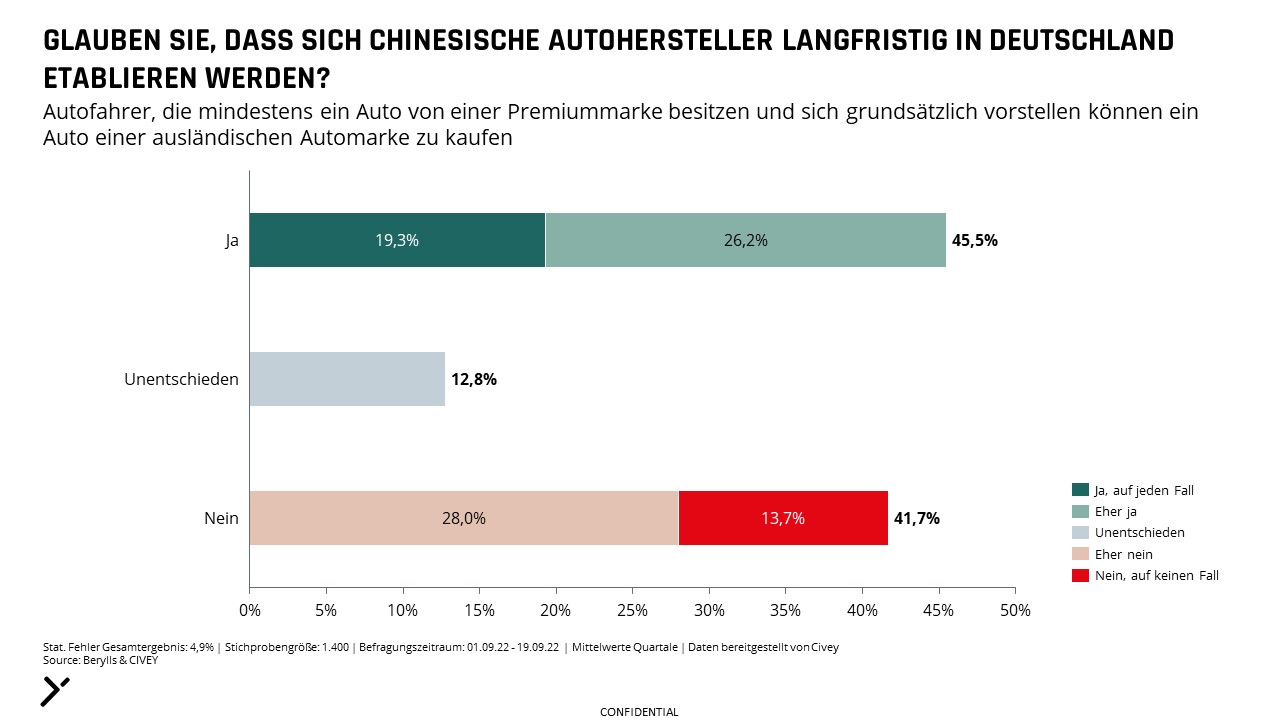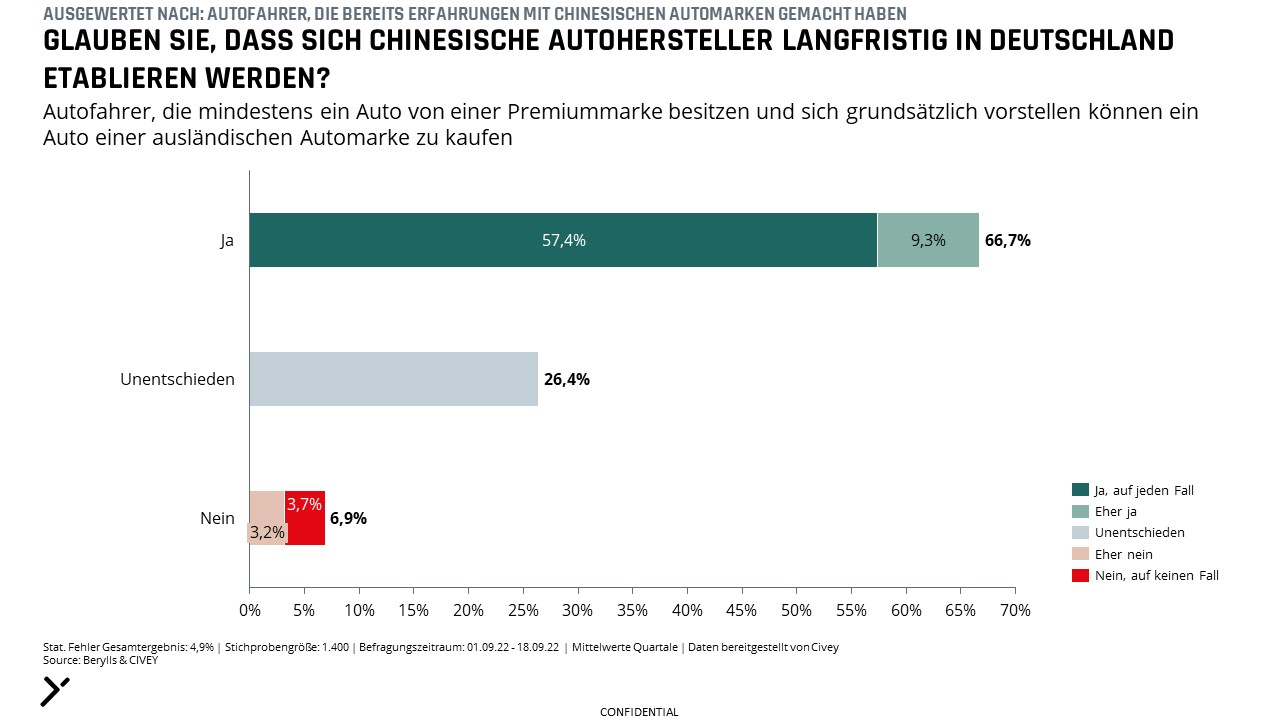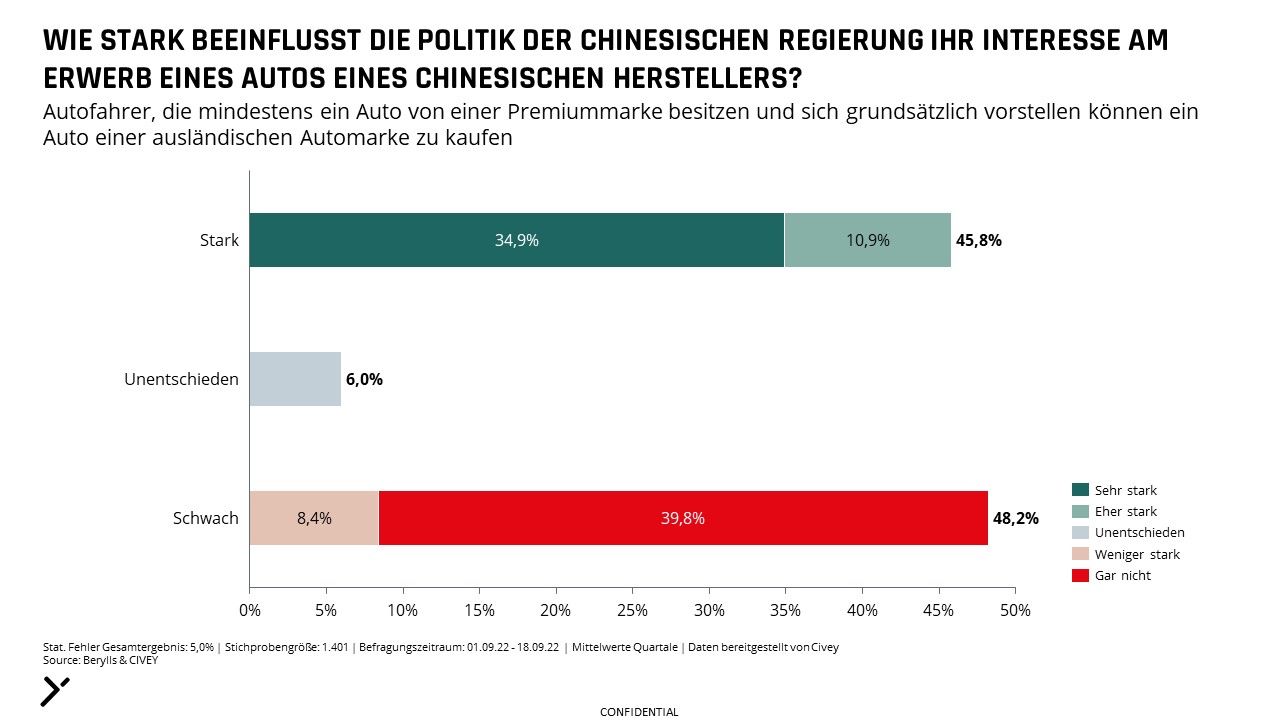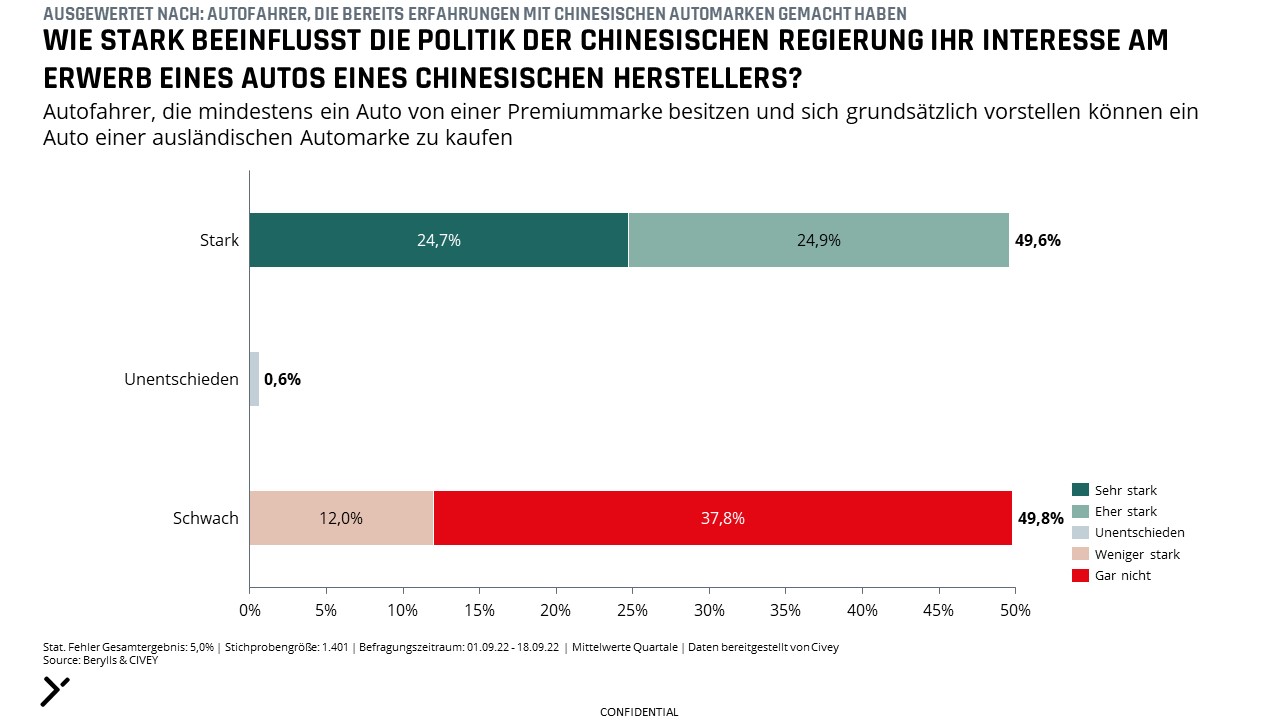Soleiman joined the Berylls Group in March 2022. He has set his focus on customer-centrist solutions, gaining experience in Product- and Corporate Strategy, Consulting with the focus on the OEM business. His Automotive career started with digitalization of the Aftersales of an US OEM in Europe and took him to China to the leading German OEM group, heading the Product and Portfolio department. He gained intensive consulting experience with one of the top management consulting firms and as a freelance consultant. Before joining Berylls, he was the Director Go-to-Market of one of the top Chinese OEMs supporting their entrance into the EU market. Soleiman is a graduated M.A./MBA in International Business from the University of Hamburg and ECUST/Shanghai.
Soleiman joined the Berylls Group in March 2022 and is part of the Asia-team, responsible for supporting all players in a successful market entrance. Also, provides profound expertise of customer-centric Product Marketing and Portfolio Strategy approaches to our clients.
Soleiman is expert in customer-centric Product-/Portfolio Strategy, Go-To-Market, Corporate Strategy and Entrepreneurship.
